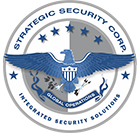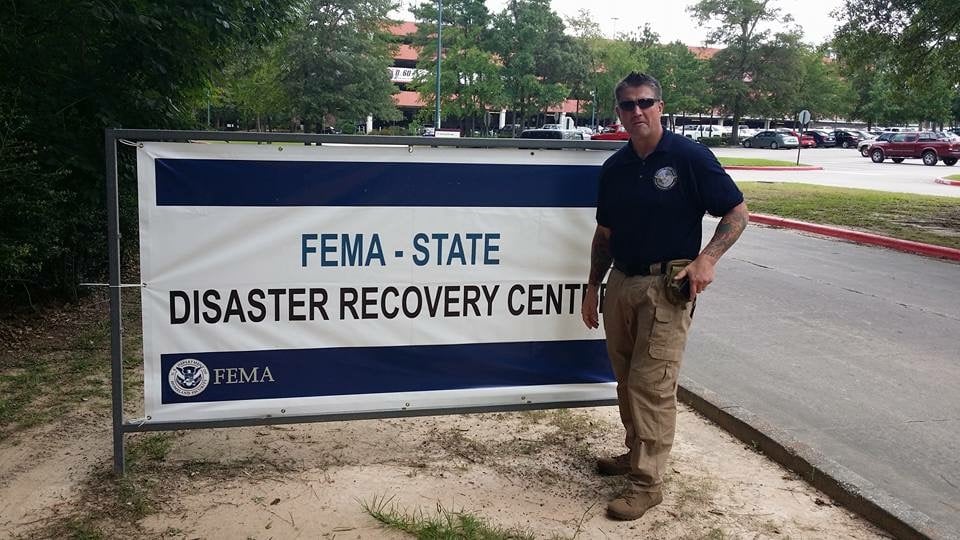Disaster strikes. It never slowly materializes. Since it’s always sudden, businesses must be prepared beforehand. Once a crisis develops, it’s too late to prepare the optimal plan. Take the time to prepare today for what might happen tomorrow.
In the current environment, we’re witnessing first-hand how preparation before a crisis strikes is key to maintaining a thriving business. Creating, reviewing, and implementing an emergency action plan is key to effective crisis management.
What is an Emergency Action Plan?
According to OSHA, an emergency action plan (EAP) is a written document that spells out employer and employee responses to workplace emergencies. An emergency action plan should be developed based on a review of your business. At a minimum, this calls for reviewing potential emergency situations, and formalizing a response for each of them. The EAP is the foundation to crisis management for your business.
Your emergency action plan should prepare your employees for emergencies that you can reasonably expect to happen in your workplace. Items or services needed to combat these emergencies can vary widely, including:
- Armed or unarmed guards
- Temporary life support facilities
- Search and Rescue
- Swift water / flood rescue
- Integrated technology
These responses to emergencies may be beyond the capacity of your business. The goal in this case is to find a partner who can provide universal protection services that match your needs.
The driving force behind your emergency action plan is to integrate all required employee, security, and employer responses into a cohesive whole. Once your plan is complete, diligent training is needed so that responses to emergencies occur automatically.
Who Needs An Emergency Action Plan?
Businesses in every industry need emergency action plans. Having an emergency action plan is an OSHA requirement of most businesses. In fact, unless you have an in-house fire brigade, you’re required to have a written EAP if people must evacuate your business in the event of fire.
Your emergency response team must be intimately familiar with your plan, and it’s critical that your plan be well-constructed. Strategic Security Corp works with businesses of all sizes in dozens of industries, including:
- Banking
- Government
- Hospitality
- Industrial
- Financial
- Manufacturing
- Transportation
- Retail
- Fast food
As an elite provider of security solutions, Strategic Security Corp helps businesses make a realistic assessment of their potential threats, and designs customized emergency action plans. These detailed plans incorporate OSHA guidelines, like evacuation routes, notifications of local emergency services, as well as procedures to safeguard invaluable assets and human capital.
How To Create An Emergency Action Plan
The basis for any plan is making a realistic assessment of the potential risks threatening your business. Strategic Security Corp teams up with you to conduct a comprehensive risk assessment. Strategic Security Corp has decades of experience helping clients identify all their vulnerabilities.
Once the assessment is complete, you’ll receive specific, actionable recommendations to respond to all identified risks. These recommendations will cover everything from suggested security solutions to emergency services integrations.
You’ll want to consider your existing internal resources. Can your business supply and perform the needed emergency services? If you don’t have sufficient resources, speak to security professionals like Strategic Security Corp.
Strategic Security Corp is experienced and equipped to support you no matter what the emergency. Stretch your security budget further, and ensure that highly-trained professionals are standing by to guide your business through any emergency.
With disaster response, timing is critical. When emergency strikes, your people need to respond automatically, and according to your emergency action plan. Your plan should integrate procedures that will be implemented before, during, and after an emergency.
Ensure this by reviewing your disaster plan and practicing any needed employee actions. This must be done beforehand; expecting your employees to read your plan in the middle of emergency response is a recipe for failure. Instead, ensure that your security solutions are proactive rather than reactive. This intricate preparation will help ensure that your business not only survives an emergency, but emerges from it ready to resume normal operations.
Emergency Action Plan Checklist
Preparing your plan is your chance to implement a proactive mindset. Use this as an opportunity to eliminate reactive tendencies and vulnerabilities. Creating and implementing your EAP involves five steps:
- Perform and review a risk assessment
- Review existing resources
- Assess local emergency services
- Review local, State, Federal, and industry regulations
- Create and implement your emergency action plan
As you review the results of your risk assessment, it’s important to move from general concepts to specific goals. Implement specific objectives for your emergency response, such as:
- Minimizing business impacts
- Safeguarding assets
- Limiting liability
Working from your risk assessment, make sure that you either have all necessary resources, or work with a provider of universal protection services like Strategic Security Corp.
Once you’ve made an assessment of your resources, move on to the public emergency services available. Compare their response times and staffing levels. Determine to what extent your emergency response team can rely on these public services. If this is not a reliable resource, then you’ll need to get these covered by your security solutions partner.
Be informed about the rules and regulations that affect your business. Gain clarity on the procedures and responsibilities imposed on you by local, State, and Federal authorities. Be sure to incorporate these into your plan. Stay compliant with these requirements, while also seeing to the safety of your customers, employees, and company assets.
The last step is to put all your research into action. Working from your risk assessment, and your inventory of available assets, create a comprehensive plan to handle emergencies. Working with an expert like Strategic Security Corp will ensure that these procedures are tailored to your company. The goal is to ensure business continuity; taking shortcuts here will leave your business vulnerable during a crisis.
Train your employees in any procedures they’ll be expected to perform in a crisis. Expecting them to execute a plan they’re never practiced will ruin even the best emergency action plan. Instead, train them once your plan is prepared. Then, provide refresher training as needed, or as your emergency procedures change. Cultivate a proactive, rather than reactive, mindset where security is concerned.
It’s hard to anticipate every potential danger to your business. Strategic Security Corp has the knowledge and experience to help your business be prepared for any emergency. Start your plan with a free risk assessment.
Tags: #emergencyresponse, #officers, #security, #emergency



